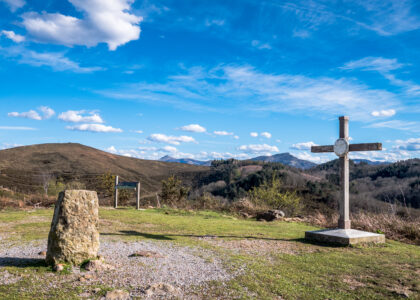Welcome to Pleslin-Trigavou, a captivating site in Brittany, France, known for its remarkable megalithic heritage. As you explore, you’ll witness the Champ de Roches, a megalithic alignment dating back to between 6000 BC and 2000 BC. This ancient site, often referred to as the ‘Druids’ Cemetery,’ features 65 menhirs, or standing stones, made of white quartz. Originally standing upright, most of these stones now lie flat, presenting a field of rocks that stretches over 97 meters. The tallest menhir still stands at an impressive 3.5 meters.
The origins of these stones are shrouded in mystery, sparking theories about their purpose. Some suggest they were part of an ancient Cult of the Dead, while others believe they were used for astronomical measurements. The site gained archaeological significance in the mid-19th century when excavations uncovered hundreds of bronze axes, underscoring its historical importance.
Throughout history, Pleslin-Trigavou has played a role in local traditions and cultures. When the Celts arrived in the 5th century BC, they found these mysterious stones and deemed the site sacred. The Celts planted oaks around the megaliths, believing these trees connected them to the supernatural. This tradition continues today, with various oak species replanted to revive the site’s original ambiance.
Archaeological findings, including numerous Roman coins, suggest that the Champ de Roches might have been used as a necropolis during Roman times. Legends add a layer of enchantment to the site, with tales of fairies dropping the stones here on their way to build Mont St-Michel.
Pleslin-Trigavou remains a significant cultural site, celebrated annually with the Fête des Mégalithes, a festival that honors its ancient heritage between St. Jean’s Day and St. Pierre’s Day. These celebrations reflect the community’s enduring connection to its past.
Declared a Historical Monument in 1887, the Champ de Roches is an intriguing site for anyone interested in history and archaeology. Its ancient stones invite visitors to ponder the mysteries of the people who once gathered here, making Pleslin-Trigavou a place where history silently speaks through its stones.





